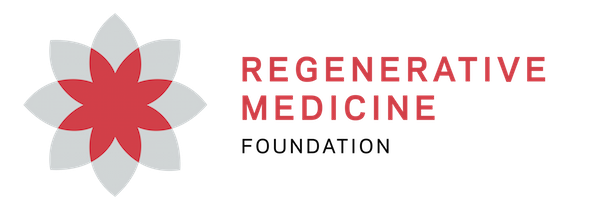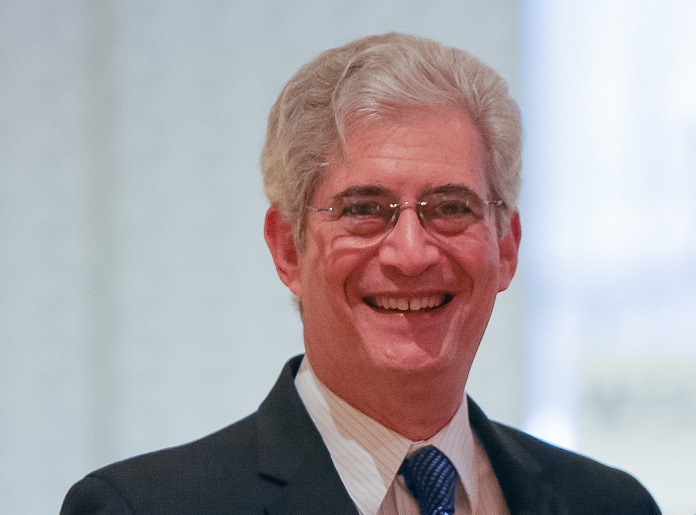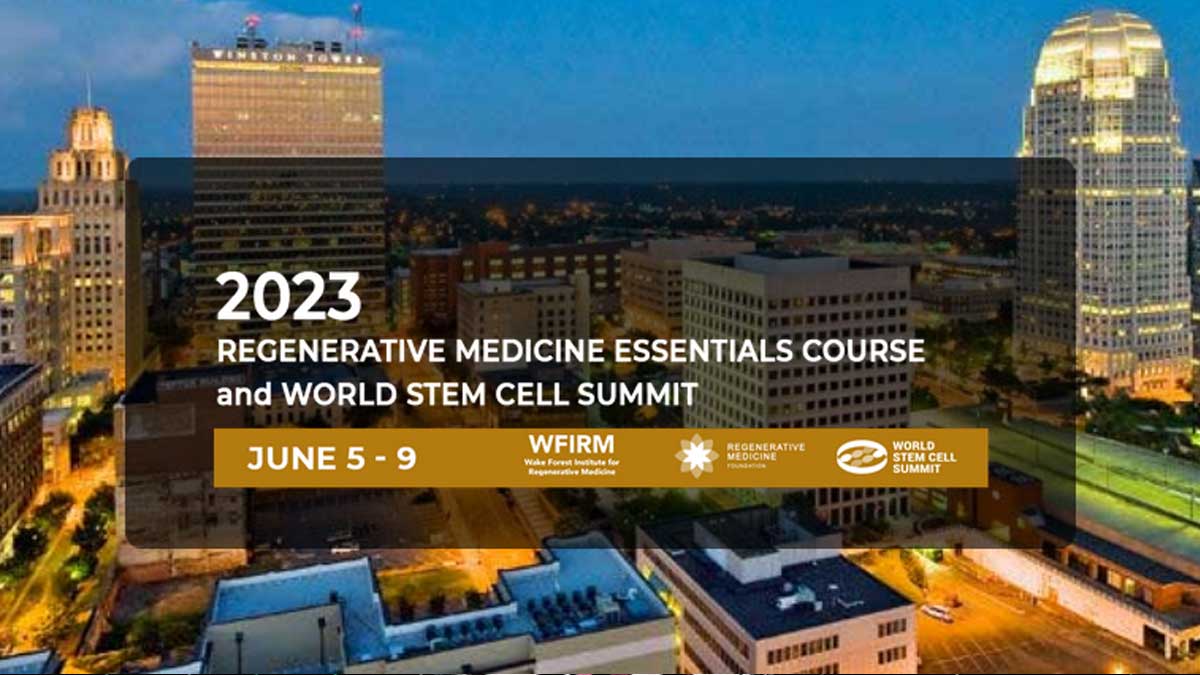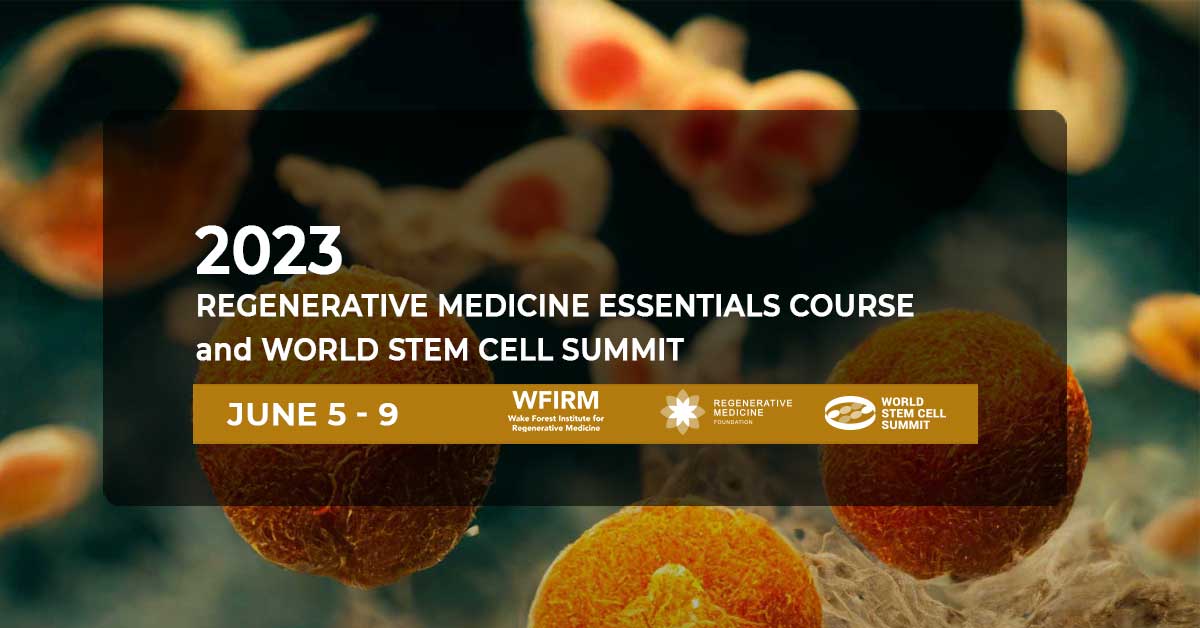(Interview courtesy of Future Medicine)
Bernard Siegel is the Founder and full-time Executive Director of the nonprofit Regenerative Medicine Foundation (FL, USA). He is the Founder and the Co-chair of the World Stem Cell Summit series of global conferences and Editor-in-Chief of the World Stem Cell Report. He received his undergraduate and law degrees from the University of Miami (BA, 1972; JD, 1975) and has been a member of the Florida Bar since 1975. As a recognized policy expert relating to stem cell research, regenerative medicine and cloning, Bernard works with the world’s leading stem cell researchers and advocates. He is also a frequent panelist and keynote speaker on the subject of stem cells, public policy and the societal implications of longevity.
What began your interest in regenerative medicine?
My interest in the field coincided with my own personal health crisis – a diagnosis of colon cancer about 20 years ago. I had a challenging recovery but thanks to modern medicine and the love and support from my friends and family, here I am. The deep impressions forged my interactions with other cancer patients in that chemotherapy waiting room in Miami led me to conclude that there must be other pathways to cure out there. Certainly, that was my hope and the hope of my ‘fellow travelers’. I became fascinated with the promise of stem cells, and in 2003, I was invited by Rudolf Jaenisch and Ian Wilmut to attend the very first meeting of the International Society for Stem Cell Research in Washington, DC. As a lawyer by trade, it was evident that the field could use a helping hand. With my legal experience and personal patient narrative, through many unusual happenstances, I became an unofficial patient advocacy spokesperson and legal mouthpiece for the field. I maintain a strong belief in freedom of scientific research and an optimistic outlook that regenerative medicine represents our best hope for cures for chronic disease. I am grateful to be part of the future of medicine and to be assisting the advancement of scientific research in the search for cures.
You are the Executive Director of the Regenerative Medicine Foundation. Could you please tell us about the Foundation?
The Regenerative Medicine Foundation (RMF) is a nonprofit charitable organization with a mission to accelerate the progress of regenerative medicine in order to improve health and deliver cures. We are committed to the ethical advancement of new and innovative medicine powered by regenerative, restorative and curative technologies. Everything we do is in the service of health, life and the alleviation of human suffering. The Foundation incorporates all of the activities of the Genetics Policy Institute, a nonprofit organization that I founded in 2003, and the RMF founded by Dr Anthony Atala of Wake Forest Institute for Regenerative Medicine. The groups merged in 2015.
You are heavily involved with patient advocacy: what can you tell us about the stem cell advocacy movement?
The movement originated out of the policy and funding debates relating to embryonic stem cell research during the George W Bush administration. What arose was active ‘consumer movement’ where the general public now perceives stem cells and regenerative medicine, not as a public health issue, but as a personal health issue impacting their friends, family and themselves. This is a powerful force for hope. The advocacy movement evolved with patients now demanding the access to cell therapies, regardless of cell type. The push for ‘Right-to-Try’ legislation, the REGROW Act and regenerative advanced therapies provisos in the 21st Century Cures Act evidence a broader understanding by patients that translation of basic research into medicine requires an innovative regulatory framework and activism. With the advent of the Trump era there is great uncertainty. Will the US FDA chart a more ‘libertarian’ or innovative approval process for cell therapies? Will funding for human embryonic stem cell research be restricted? What about overall US government funding for the life sciences? If regenerative medicine and related advanced technologies are truly the future of medicine, what are the geopolitical implications, with Japan, China and other nations clearly prioritizing this field of endeavor? Will there be international rivalries or collaborations? With every scenario, informing and educating the public will play an important role. That’s a big part of our job.
It has been 10 years since induced pluripotent stem cells were first produced. How much have regulations around stem cells changed since then?
The primacy of induced pluripotent stem cell (iPSCs) in the pluripotent arena has spawned a regulatory revolution with geopolitical implications. I had the opportunity to visit research centers in Asia last year. What I saw in Tokyo and Kyoto were astonishing. Japan as a nation has embraced iPSC research and translation. Government, industry and the scientific community have forged a conditional approval pathway for safe cell therapies with early reimbursement, a process that arguably will save both time and money to deliver cell therapies. Will safety be sacrificed? I think not. American companies are conducting clinical trials in Japan to take advantage of a favorable regulatory climate, so the pressure is on other advanced countries to come up with accelerated pathways and new reimbursement protocols to catch up.
What has been accomplished by the Foundation so far?
The RMF has built one of the strongest, most comprehensive and trusted global networks for regenerative medicine. We have brought together, through our 14 years of work, the world’s leading researchers, medical centers, universities, labs, businesses, funders, policymakers, experts in law, regulation and ethics, medical philanthropies and patient organizations. All of our activities recognize the paramount importance of the patient community and all stakeholders have a ‘seat at the table’. We have played a significant role in a number of initiatives supporting the field. Most significantly, the two nonprofits, together and separately have produced a total of 15 ‘ecosystem’ conferences and World Stem Cell Summits and organized many public days, workshops and specialized conferences. Thus far, we have arranged 12 annual World Stem Cell Summits, which is the largest ‘ecosystem’ networking meeting in our field. Providing a major platform for all stakeholders including patients, the Summit has brought together more than 14,000 attendees plus an additional 4000 in multiple public education day events. These events have fostered partnerships, facilitated coalitions and provided a window to the world for stem cells and regenerative medicine. Our multiple public policy initiatives include filing briefs in federal court in support of the US government’s regulations relating to human embryonic stem cell research, support for Proposition 71 of 2004 (or the California Stem Cell Research and Cures Act) and the establishment of the California Institute for Regenerative Medicine. We also serve in leadership positions and sit on committees of the Americans for Cures Foundation, the Cord Blood Association and other worthwhile organizations. Members of the RMF are also involved with numerous public speaking engagements and make numerous media appearances. Most recently, we partnered with the Washington-based nonprofit Bipartisan Policy Center to foster an accelerated approval process for regenerative medicine. Our work on the REGROW Act evolved into the regenerative advanced therapies section of the 21st Century Cures Act, a significant first step in making regenerative medicine a national priority. We also founded the annual World Stem Cell Report to present advances in the field, policy and regulatory issues and spotlight international trends.
The accelerated pathway to cell therapies in the USA is a currently a hot topic. What are your thoughts on the REGROW Act?
The REGROW Act was a bipartisan bill filed in the US House of Representatives and Senate offering a conditional pathway for certain cell therapies and reimbursement. It manifested a public demand for regenerative medicine. The act emerged from recommendations of the nonprofit Bipartisan Policy Center. The bill served as a demand of action. Frederick Douglas famously said “Power cedes nothing without a demand. Never Has. Never will.” Discussions about the bill revealed ‘fault lines’ within our regenerative medicine community. While some industry representatives and scientists had big concerns, others joined the cause to support the bill. RMF was heavily engaged in the policy debates and helped to forge compromise language that emerged in the 21st Century Cures Act. It’s a big first step to accelerating cell therapies and empowers and demands accountability from the FDA.
How will the designation of regenerative advanced therapies in the Cures Act affect patients seeking cell therapy?
Will it have an impact on stem cell tourism? Stem cell tourism is a fact of life regardless of the new legislation. The field needs to weed out clinics that engage in deceptive trade practices and commit medical malpractice. At the same time, there are clinics that are fully compliant with the law that are helping patients to improve health. How can we separate the wheat from the chaff? A comprehensive and eventual mandatory cell therapy registry would help. The Cures Act language relating to regenerative advanced therapies is designed to accelerate safe applications for cell products. The sooner safe cell therapy products are on the market, the sooner the benefit to public health. The FDA now has new tools and a Congressional mandate to progress the field.
What are currently the biggest hurdles that must be overcome for an accelerated pathway to cell therapies? How will cell therapy products be paid for? We need to engage the government, insurance industry and businesses that are self-insured. The time for innovation in reimbursement is now. How can clinicians safely incorporate regenerative therapies into day-to-day practice of medicine? It has to be safe and effective. Creating and funding a universal cell therapy registry is an important first step.
How do you think stem cell regulations will change in the next 5–10 years?
In the past decade, we have seen a massive convergence of technologies and ‘black swans’ including the advent of iPSCs, CRISPR and gene editing and political and social change. Predictions can be very tricky. My best advice is keep nimble, keep informed and by all means collect opportunities. We don’t know what we don’t know!




